In the demanding world of commercial transportation, the clutch system stands as a critical intermediary between a bus’s engine and its transmission, responsible for smoothly transferring immense power to the drivetrain. For wholesalers, distributors, and fleet managers dealing with heavy-duty vehicles, specifying the correct clutch assembly is not merely a matter of performance but one of economics and reliability. The 430mm jinlong bus push clutch disk assembly kit is engineered for such applications, designed to withstand the rigorous stop-and-start cycles of urban transit and the constant power demands of intercity travel. Among its many engineered features, one of the most crucial for ensuring longevity and consistent performance is its ability to manage and dissipate heat effectively.
Understanding the Operational Environment and Heat Generation
To appreciate the engineering behind the heat management system, one must first understand the environment in which a bus clutch operates. Unlike many automotive components that function within a relatively stable range, a clutch’s operation is inherently cyclic and prone to generating extreme temperatures.
The primary function of the clutch is to connect and disconnect the engine’s rotating power from the transmission. This process, known as engagement, inevitably involves a period of slippage. During slippage, the clutch disc, which is sandwiched between the flywheel and the pressure plate, is spinning at a different speed than the engine. This difference in rotational speed creates kinetic friction, and as a fundamental principle of physics, friction generates heat. The amount of heat produced is substantial and is influenced by several factors: the weight of the vehicle, the frequency of gear changes, driver habits, and traffic conditions. A heavy bus pulling away from a bus stop uphill in heavy traffic represents a scenario of extreme clutch stress and, consequently, extreme heat generation.
If this heat is not managed and is allowed to accumulate, it leads to a cascade of detrimental effects. The friction material on the disc can glaze over, losing its grip and becoming brittle. The extreme temperatures can cause thermal cracking in the pressure plate and flywheel. Furthermore, the heat can cook the lubricants in the release bearing and pilot bearing, leading to their premature seizure. This entire destructive process is what leads to the dreaded clutch failure that results in costly vehicle downtime and repairs. Therefore, the central challenge in designing a heavy-duty clutch kit is not just to handle the torque but to efficiently manage the thermal energy produced during its normal operation.
The Engineering of Heat Dissipation in the Clutch Disc
The clutch disc is the heart of the assembly and the component most directly involved in the friction process. Consequently, it is the primary focus of heat dissipation engineering. The 430mm jinlong bus push clutch disk assembly kit incorporates several key design elements that work in concert to draw heat away from the friction surfaces and radiate it into the surrounding air.
The Role of the Cushion Springs and Marquee Springs. At the core of the disc assembly are the cushion springs (also known as Marcel springs) and the marquee springs. While their primary function is to absorb engagement shocks and provide a smooth, judder-free operation, they also play a significant secondary role in heat management. These springs create a small amount of space between the friction facings and the core hub of the disc. This space allows for air to flow, acting as an insulating buffer that reduces the direct transfer of heat from the friction material to the hub and the splined input shaft of the transmission. By insulating the hub, they protect critical transmission components from excessive heat damage.
Ventilated Design and Airflow. The physical structure of the disc is engineered to promote cooling. Many high-performance clutch discs, including those in a quality 430mm jinlong bus push clutch disk assembly kit, feature a ventilated design. This often involves a disc core that is not a solid piece of metal but is instead constructed with open spaces or channels. As the clutch disc rotates at high speed, it acts like a centrifugal fan, pulling cooler air in from the center and expelling hotter air from the periphery through these channels. This constant airflow across the metal surfaces of the disc core facilitates convective cooling, actively carrying thermal energy away from the hottest parts of the assembly. This design is a direct response to the need for sustained performance under load.
High-Temperature Friction Material Composition. The formulation of the friction material itself is a critical factor in heat management. The material used is not a simple composite; it is a carefully engineered blend designed to maintain a stable and consistent coefficient of friction across a wide temperature range. Standard organic materials can break down and fade when overheated. The advanced ceramic or Kevlar based compounds often used in such kits are inherently more resistant to thermal degradation. They are less likely to glaze, burn, or wear excessively when exposed to the high temperatures generated during aggressive use or slippage. This stability ensures that the wear rate remains low even during thermal stress, directly contributing to the kit’s extended service life. This makes it an excellent choice for those searching for long life clutch components or a high temperature clutch kit.
Complementary Heat Management in the Full Assembly Kit
While the disc is the focal point, effective heat dissipation is a system-wide effort. The other components within the 430mm jinlong bus push clutch disk assembly kit are designed to support and enhance the thermal management process.
The Pressure Plate’s Mass and Design. The pressure plate is a massive piece of cast iron, and this mass is not an accident. It serves as a crucial heat sink. During clutch engagement, heat generated at the friction disc is rapidly conducted into the pressure plate and the flywheel. Their significant thermal mass allows them to absorb a large amount of heat energy without a dramatic immediate rise in temperature. This absorbs the initial thermal shock, preventing a dangerous temperature spike on the friction surface of the disc. Furthermore, the surface of the pressure plate is often finished to optimize heat transfer and resist warping under thermal stress, ensuring consistent clamp load and engagement across its entire surface area. A warped pressure plate leads to incomplete engagement and accelerated wear, a failure mode this design prevents.
The Integrity of the Release System. The clutch release bearing included in the kit, while a seemingly simple component, is vital for thermal health. A failing bearing can create its own excess heat through friction and can prevent the clutch from fully disengaging. Incomplete disengagement causes the clutch to drag, leading to constant slippage and a tremendous, rapid buildup of heat. A new, high-quality bearing ensures clean and complete disengagement, eliminating this parasitic source of thermal energy and protecting the entire system. This is a key reason why purchasing a full clutch kit for commercial bus is always recommended over sourcing individual parts.
The Direct Link Between Heat Dissipation and Wear Prevention
Having outlined the mechanisms for heat management, we can now draw a direct line to how these features prevent the specific modes of premature wear.
Preventing Friction Material Glazing and Breakdown. As a clutch disc overheats, the resins and binders within the friction material can begin to vitrify, or turn into a glass-like state, on the surface. This is known as glazing. A glazed clutch disc becomes smooth and shiny, losing its abrasive grip. This leads to slippage under load, which generates even more heat, creating a vicious cycle that quickly destroys the clutch. The superior heat dissipation of the 430mm jinlong bus push clutch disk assembly kit keeps the friction material below its glazing temperature, preserving its rough, high-friction surface texture and thus its holding power and longevity. This directly answers the search query for a reliable bus clutch kit.
Mitigating Thermal Cracking and Warping. Metal components subjected to repeated heating and cooling cycles are prone to thermal fatigue. This manifests as small cracks on the surface of the pressure plate or flywheel. These cracks can grow and eventually lead to catastrophic failure. Furthermore, uneven heating can cause warping. A warped pressure plate cannot apply even pressure to the clutch disc, leading to localized hot spots and accelerated, uneven wear. The efficient transfer of heat into the massive pressure plate and its subsequent dissipation prevent localized overheating, thereby significantly reducing the risk of thermal cracking and warping. This ensures smooth clutch engagement over a longer period.
Protecting ancillary components. Excessive heat doesn’t just damage the disc and pressure plate. It radiates outward, attacking the release bearing, the pilot bearing in the crankshaft, and even the transmission input shaft seal. By managing the core temperature of the clutch assembly, the kit creates a cooler operating environment for these surrounding components. This extends their life as well, preventing secondary failures that would necessitate another costly repair procedure shortly after a clutch change. This systems-thinking approach is a hallmark of a well-designed heavy duty clutch assembly.
 English
English русский
русский
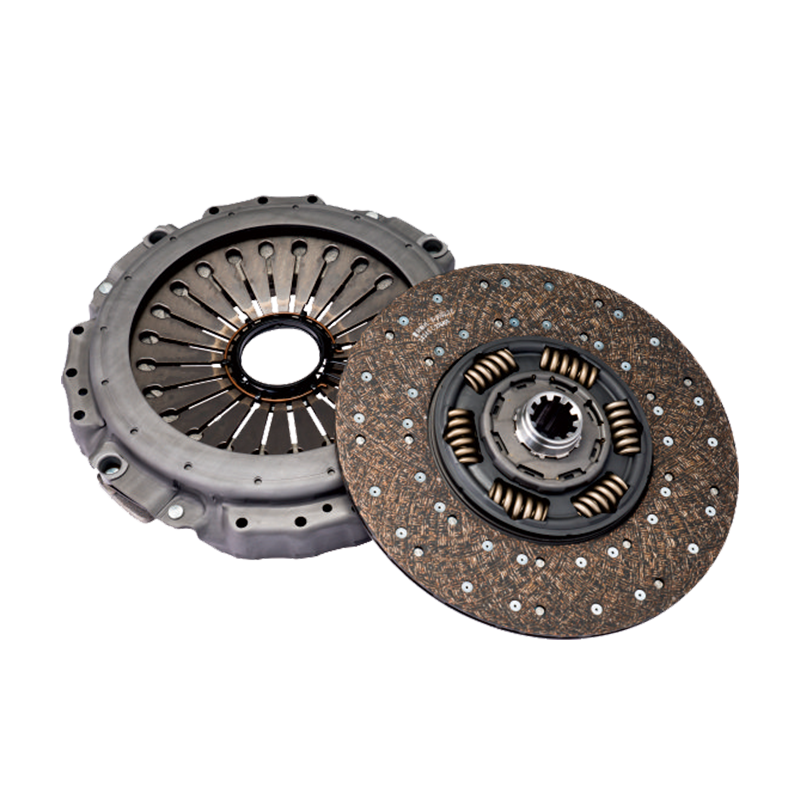
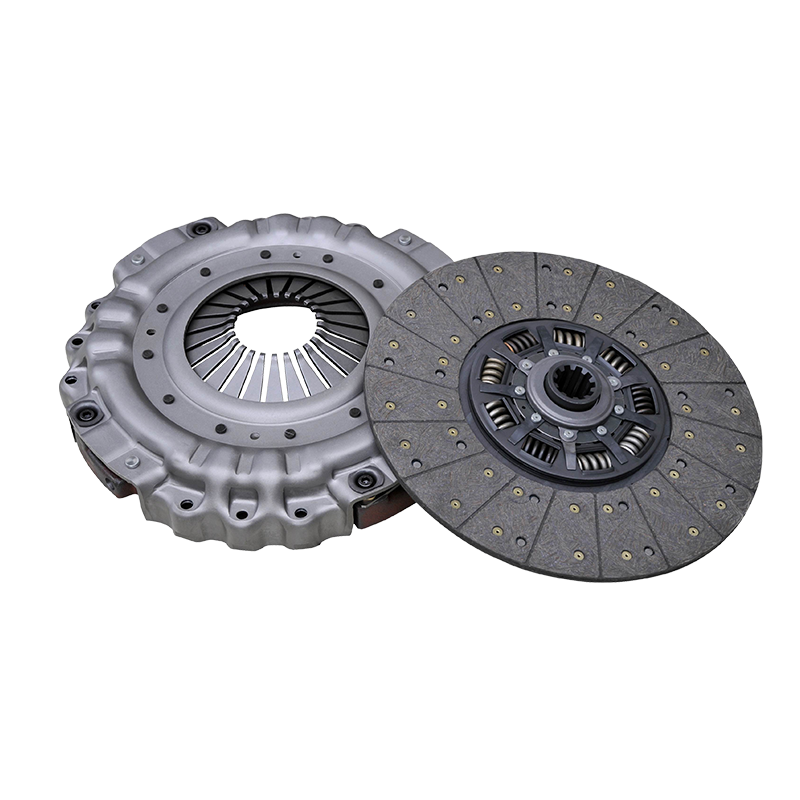
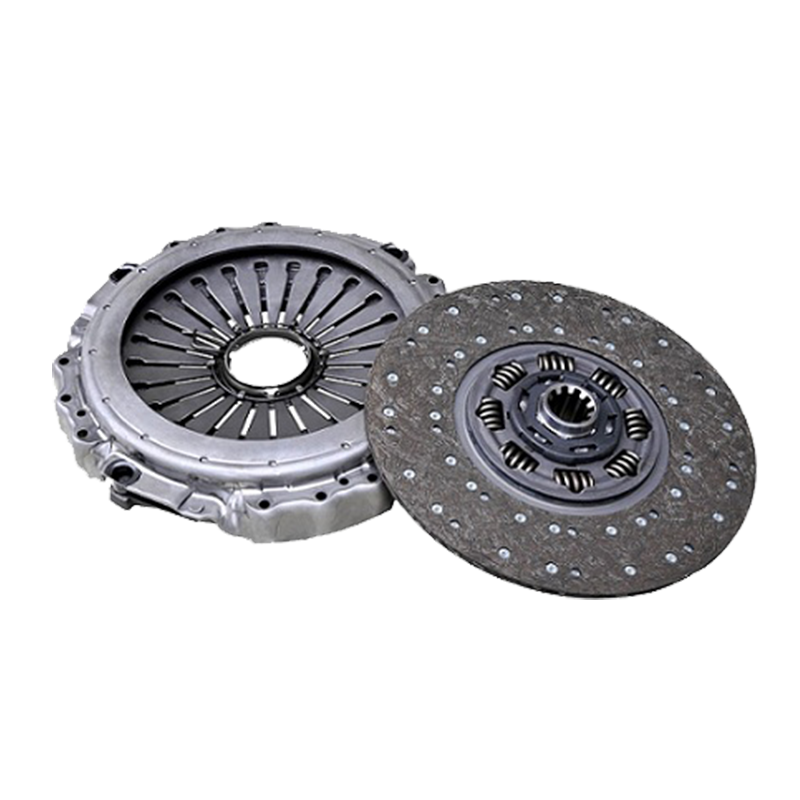
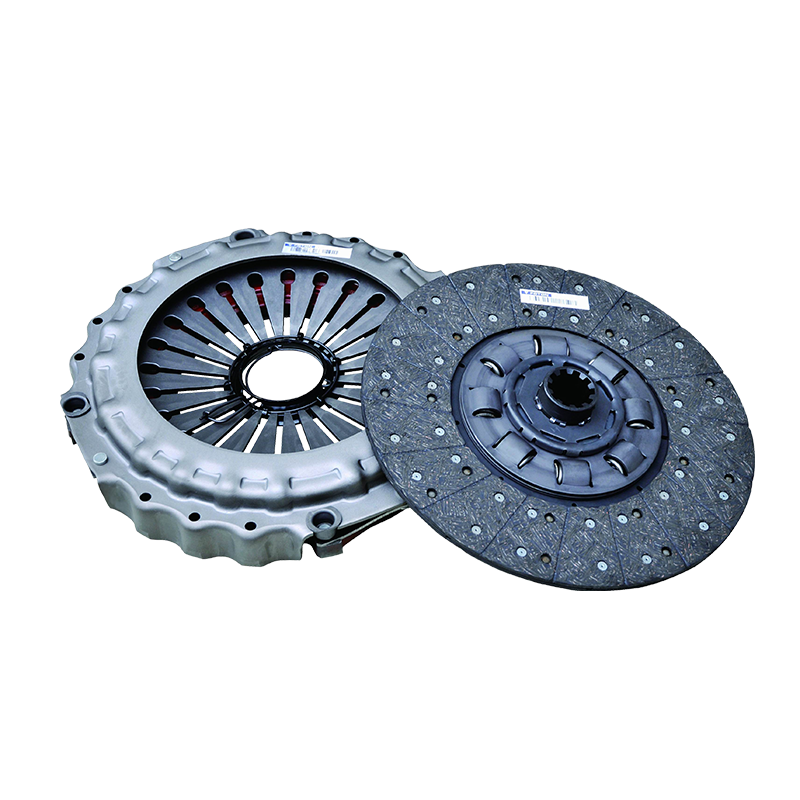
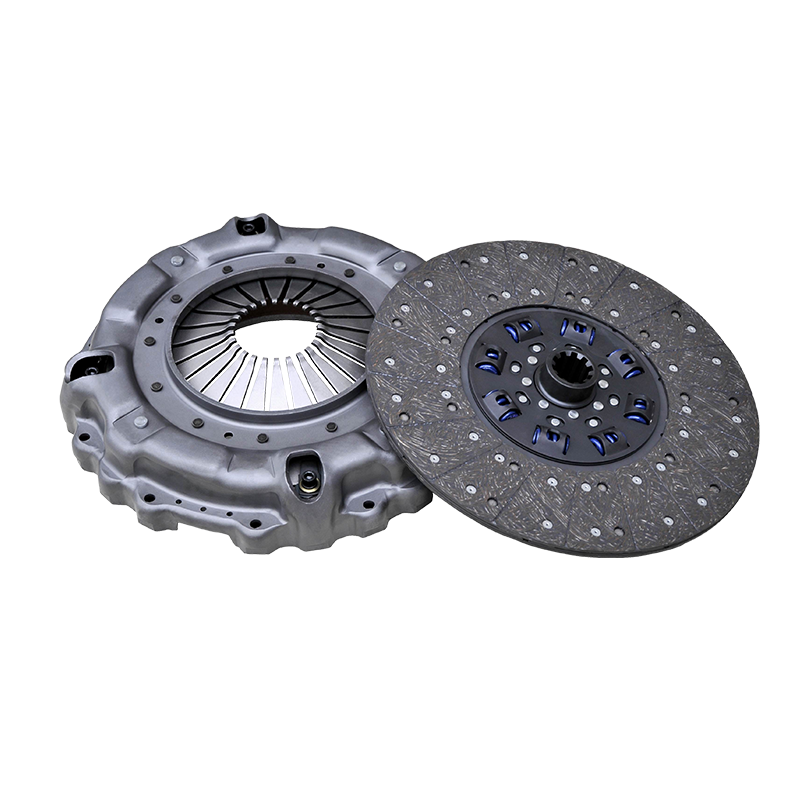
 English
English  No.25, Hu Chuang Road, New District Industrial Park, Suzhou, Jiangsu, China.
No.25, Hu Chuang Road, New District Industrial Park, Suzhou, Jiangsu, China.  +86-13338663262
+86-13338663262 
